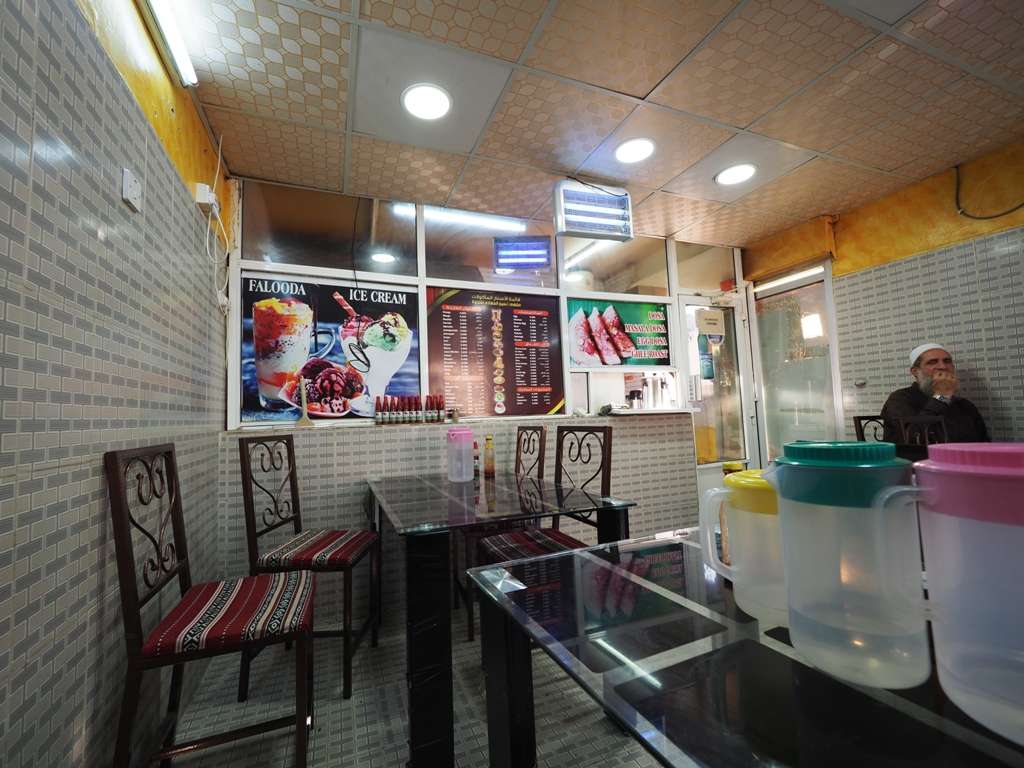NIZWA, November 25, 2022
ACCOMODATION
Nizwa Guesthouse, 14 OMR. They assigned us a room in a secondary location because, my fault, we made a mistake with the booking day. They were so kind and did not charge us anything, but there was no place in the main building (which seems awesome). The room was still ok, and it costed even less than the one originally booked. Right next to Al Shugbi tower.

First, we visit the livestock market, which is held every Friday in the area around the Souq. We organized our itinerary just to be sure to be here on the specific day. We don’t have any idea about where to go, but we ask around and find it immediately, following the crowd. The animals for sale are mainly cattle, sheep and goats.

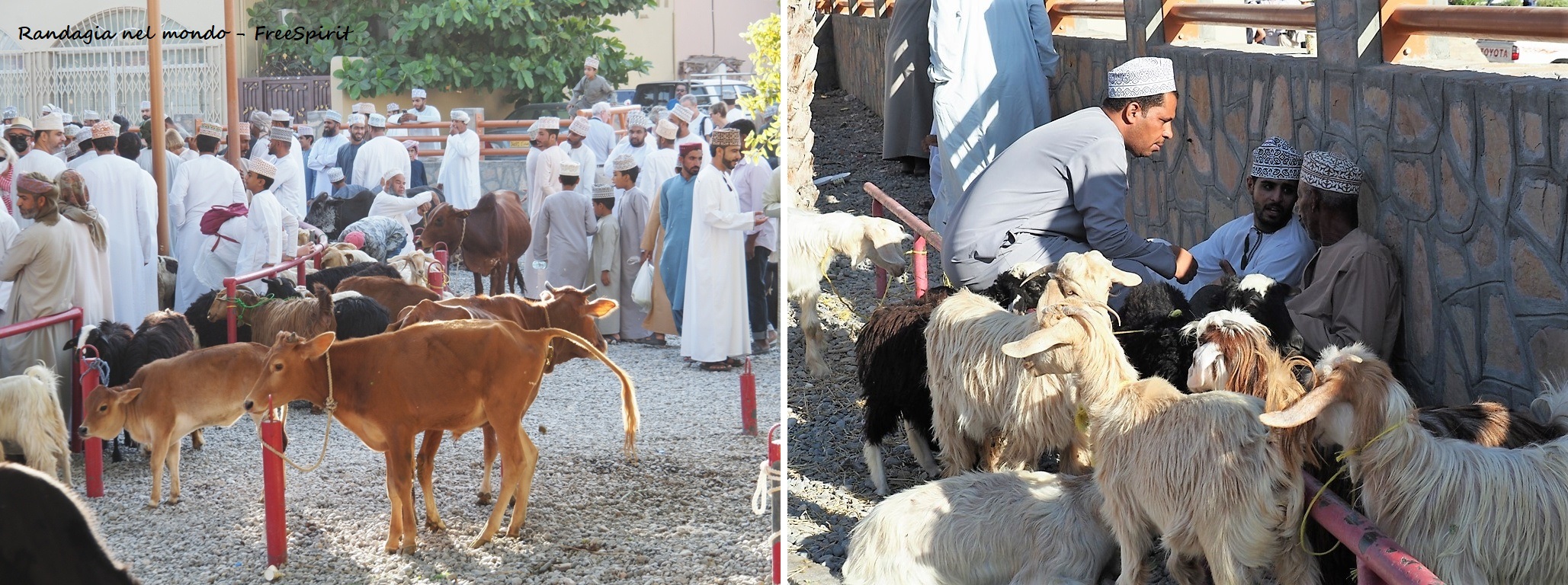
Like every market, it is also an opportunity for people to meet other people. Most of them are men, very elegant in their freshly ironed white or cream tunics, and some women, with covered heads, I can spot one wearing the traditional T-mask that covers her eyes and nose.

After that, it’s time for the Souq. The part dedicated to food is a large covered space, similar to one of our markets. We are attracted by the crowded stalls selling sweets. On the sides, and on the upper floor, there are some cafes.
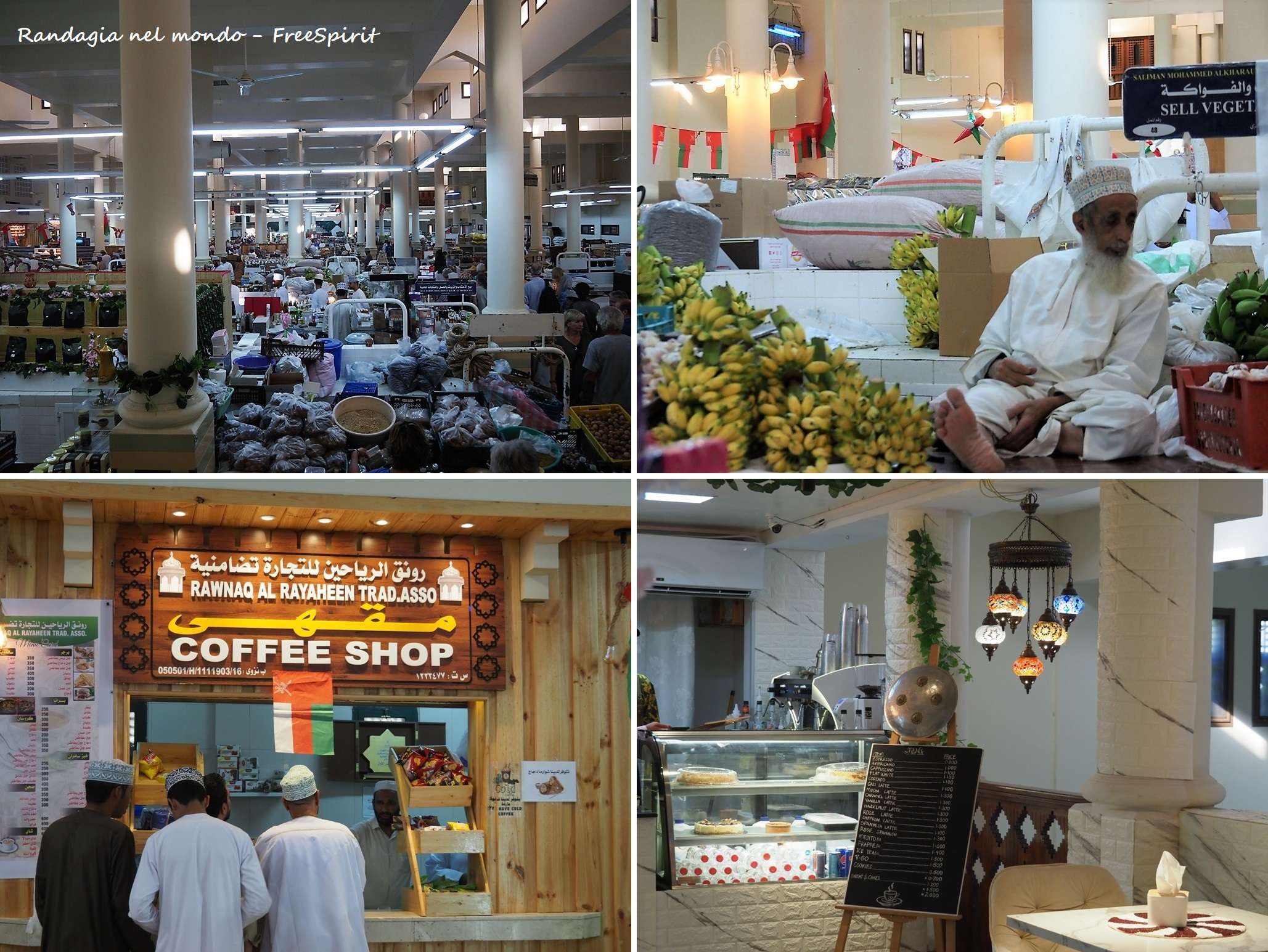
The small shops overlooking the courtyard where various types of pottery are displayed mainly sell silver and souvenirs. My advise is to bargain as much as you can.
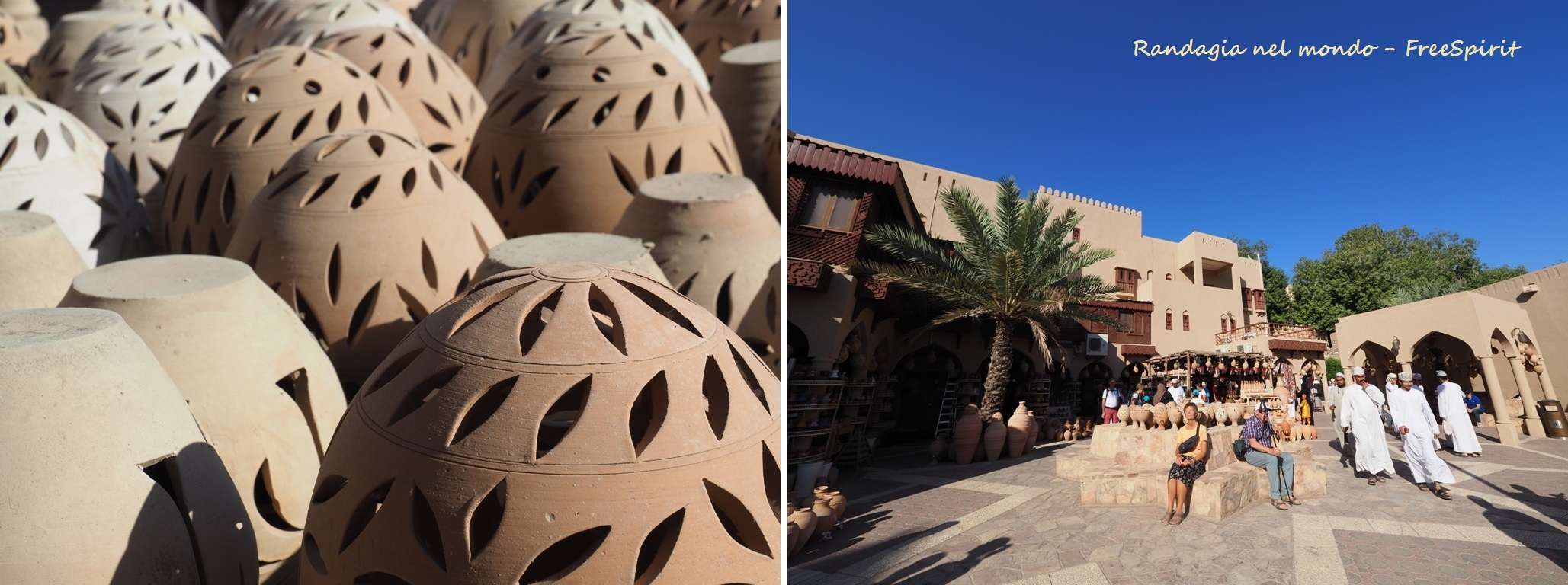
Finally, the Fort, entrance 8 OMR. It gives witness of the importance assumed by the city in the 6th and 7th centuries, when it became the capital of the kingdom. The current structure was built in the mid-17th century, on the ruins of a 9th-century castle. Every hour, in the courtyard near the entrance, a show with people dressed in local costume is held.
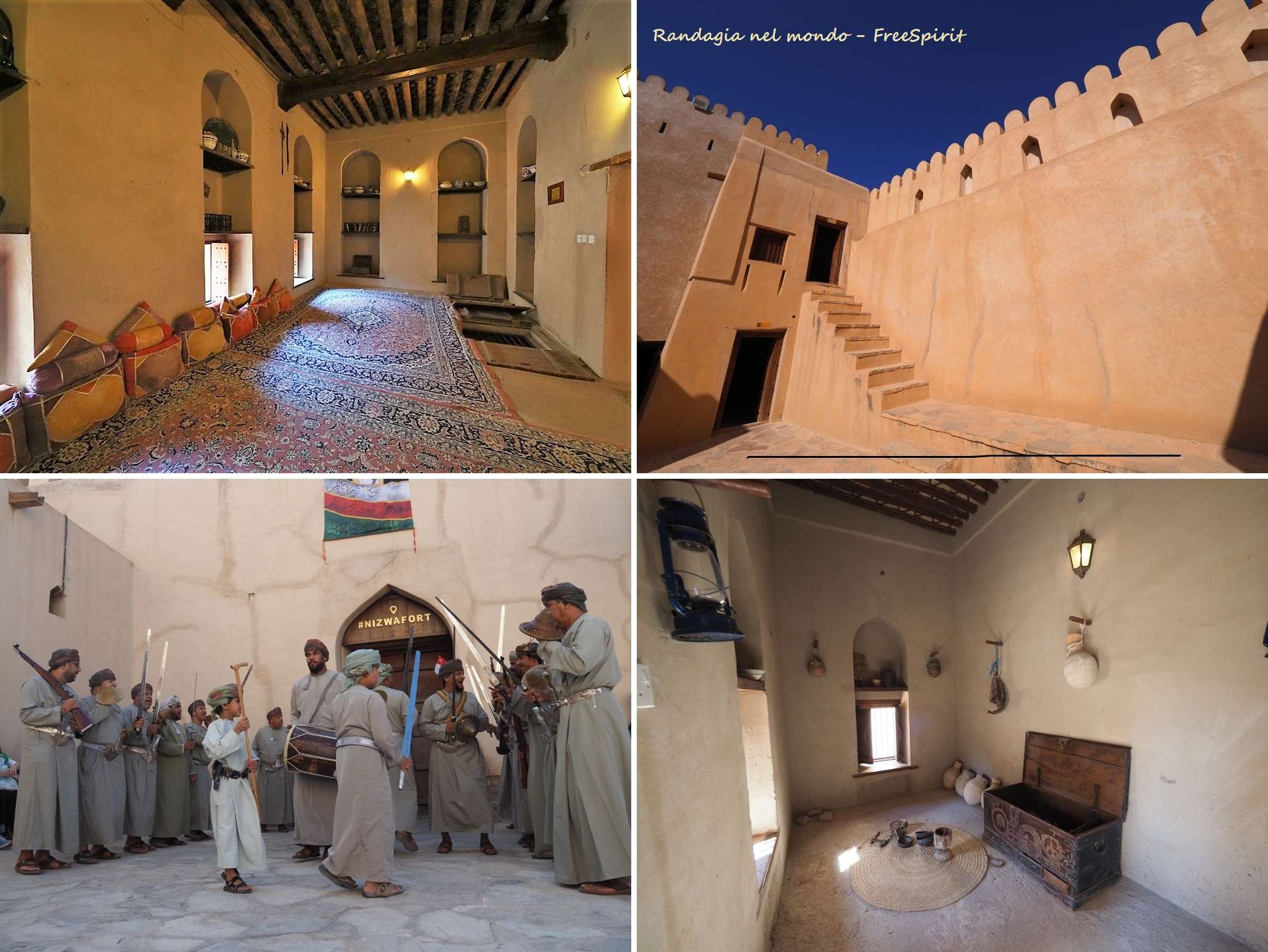

The entire ancient part of the city consists of sand coloured buildings, mainly in good condition, in traditional style, with clay walls.
On the way to Al Hamra we stop at Bahla Fort, one of the oldest, a UNESCO heritage site, built in the 13th and 14th centuries with a variety of styles that reflect the different construction periods. In some places it is possible to walk very close to the perimeter walls, enjoying the magnificent view.


Before and after the visit, we have a break in two cafes with totally different styles. The first, Kadm Cafè, very nice, rather expensive, with a European-style menu, made up of a series of small rooms furnished in local style, separated from each other, and overlooking an internal street of the souq itself.
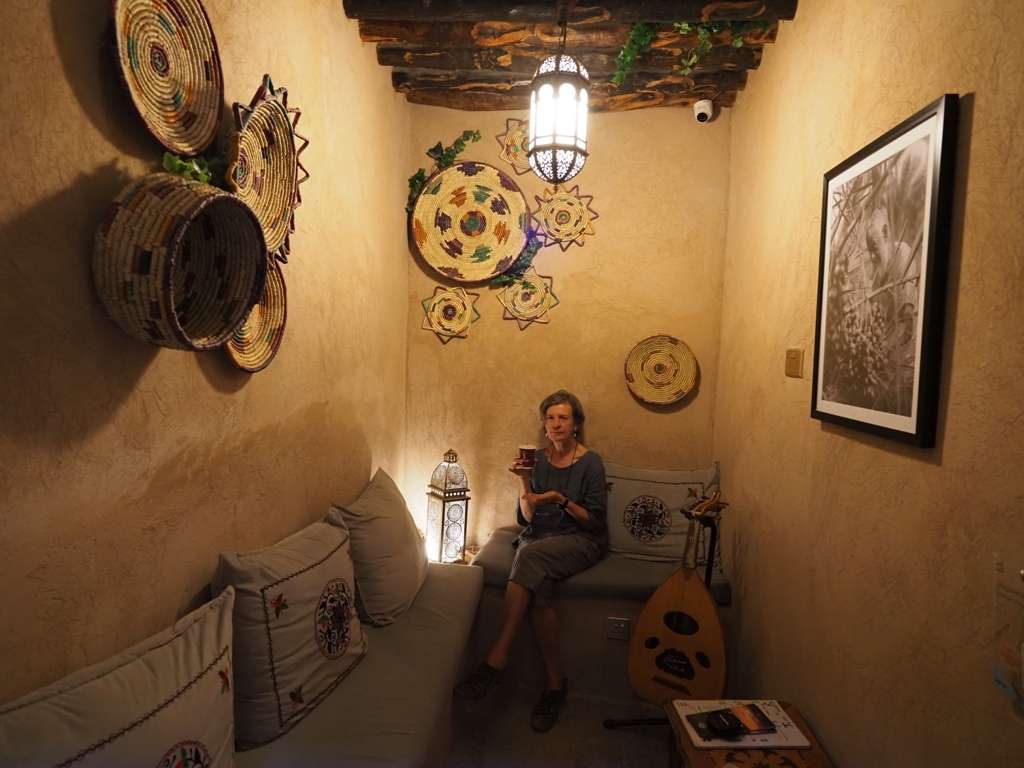
The second, Golden Saffron Coffee Shop, across the road, is the classic unpretentious café, run by Indian staff, where we taste lemon mint, a typical, very refreshing Omani drink.
